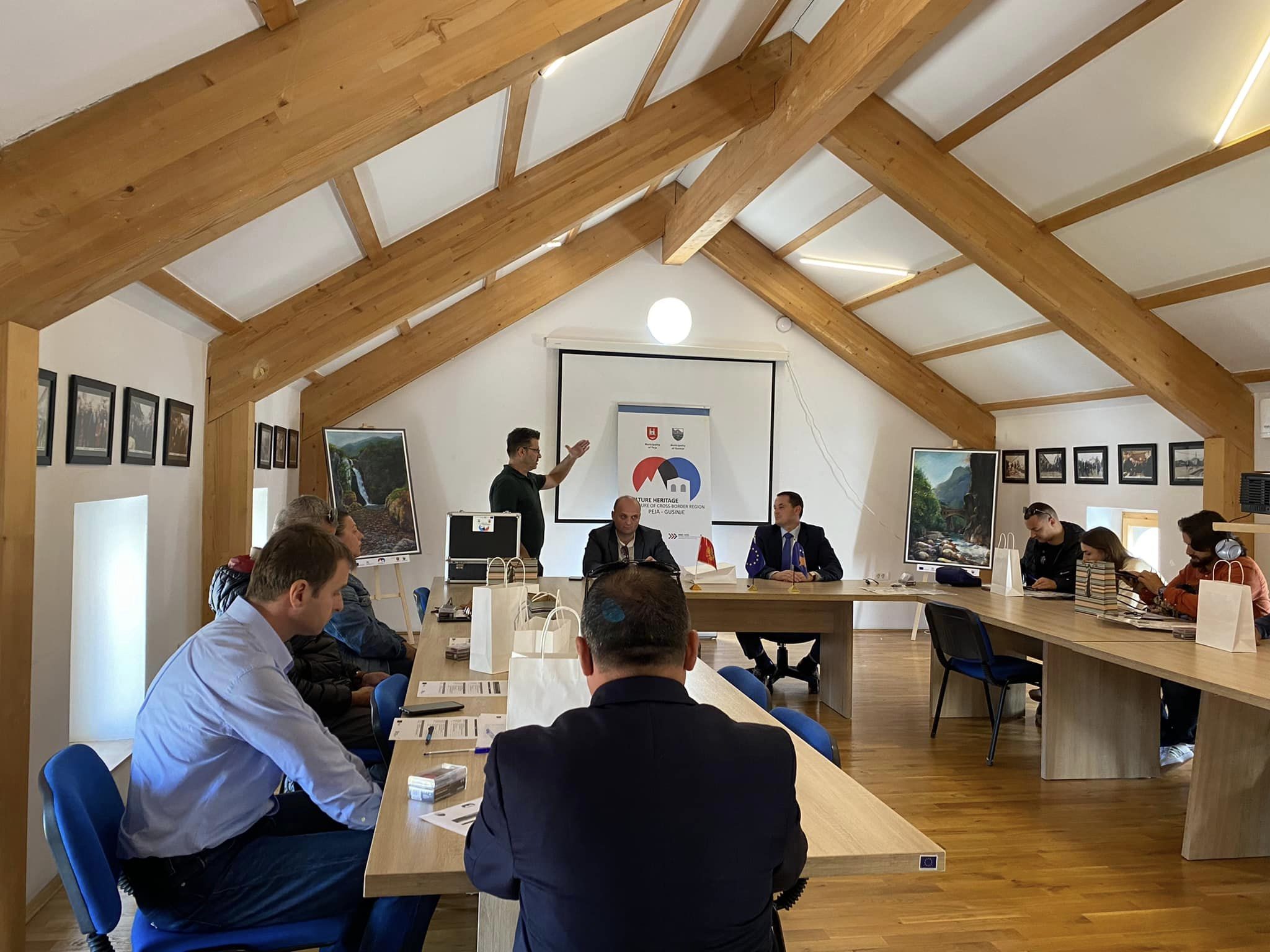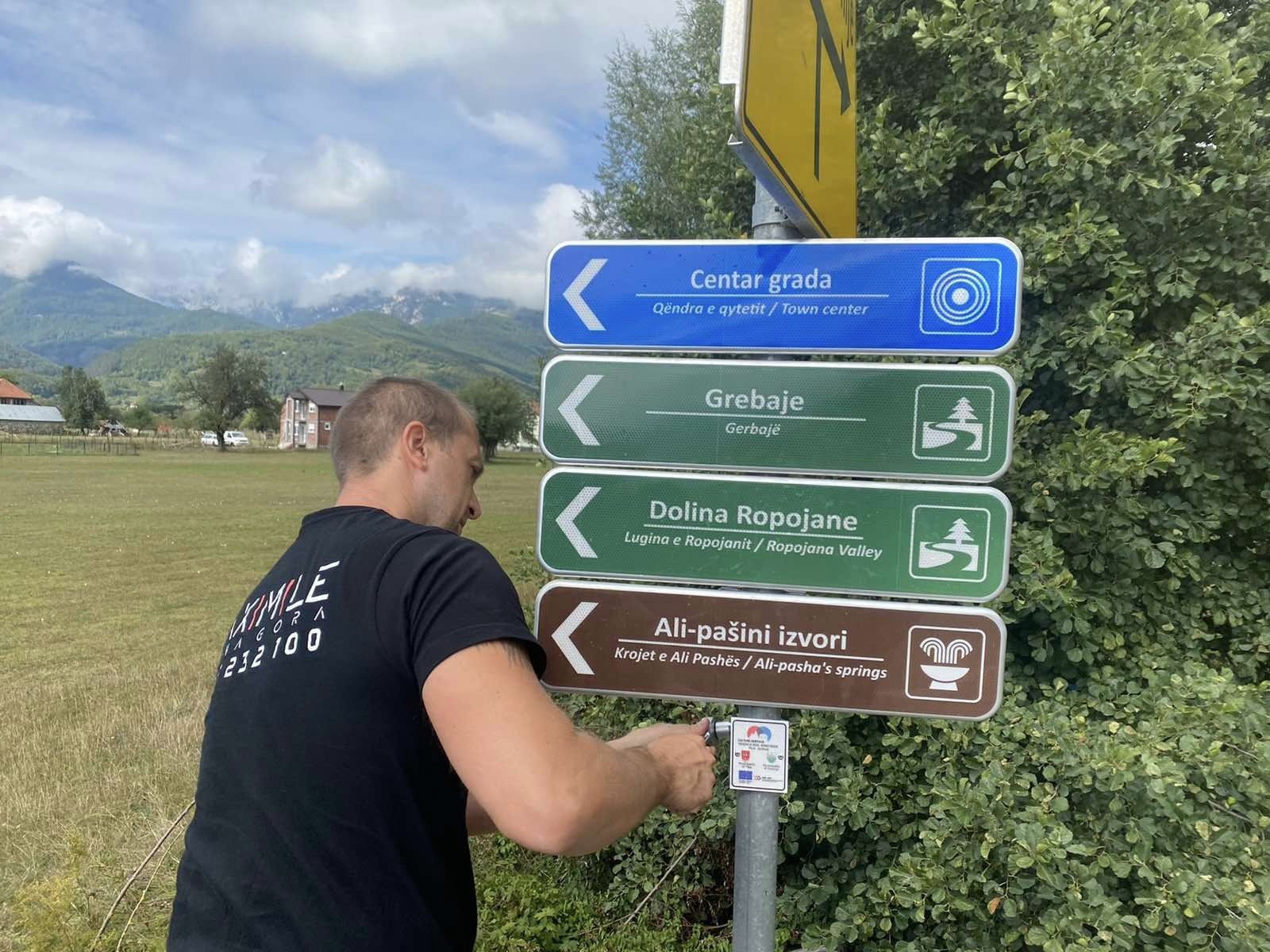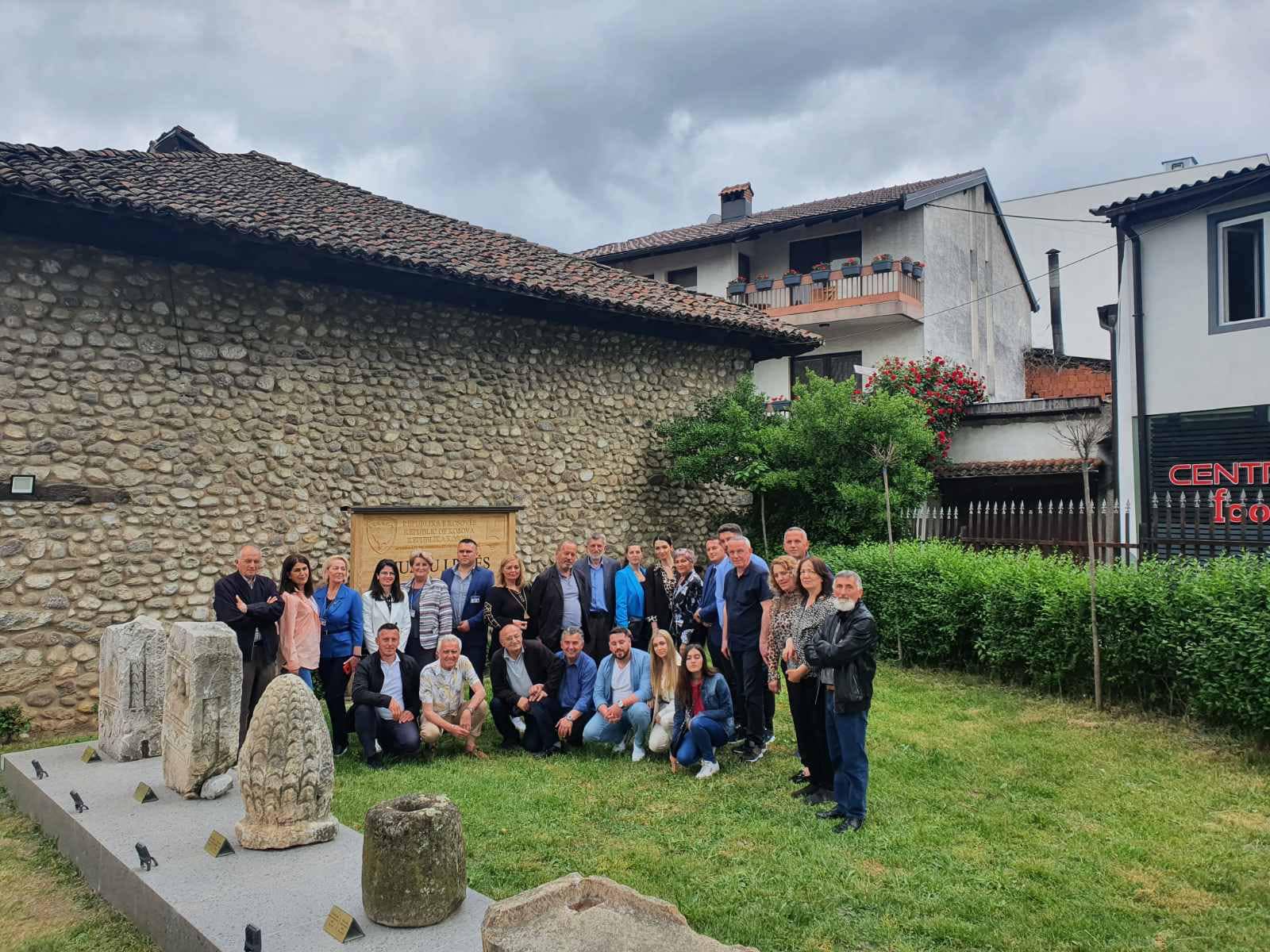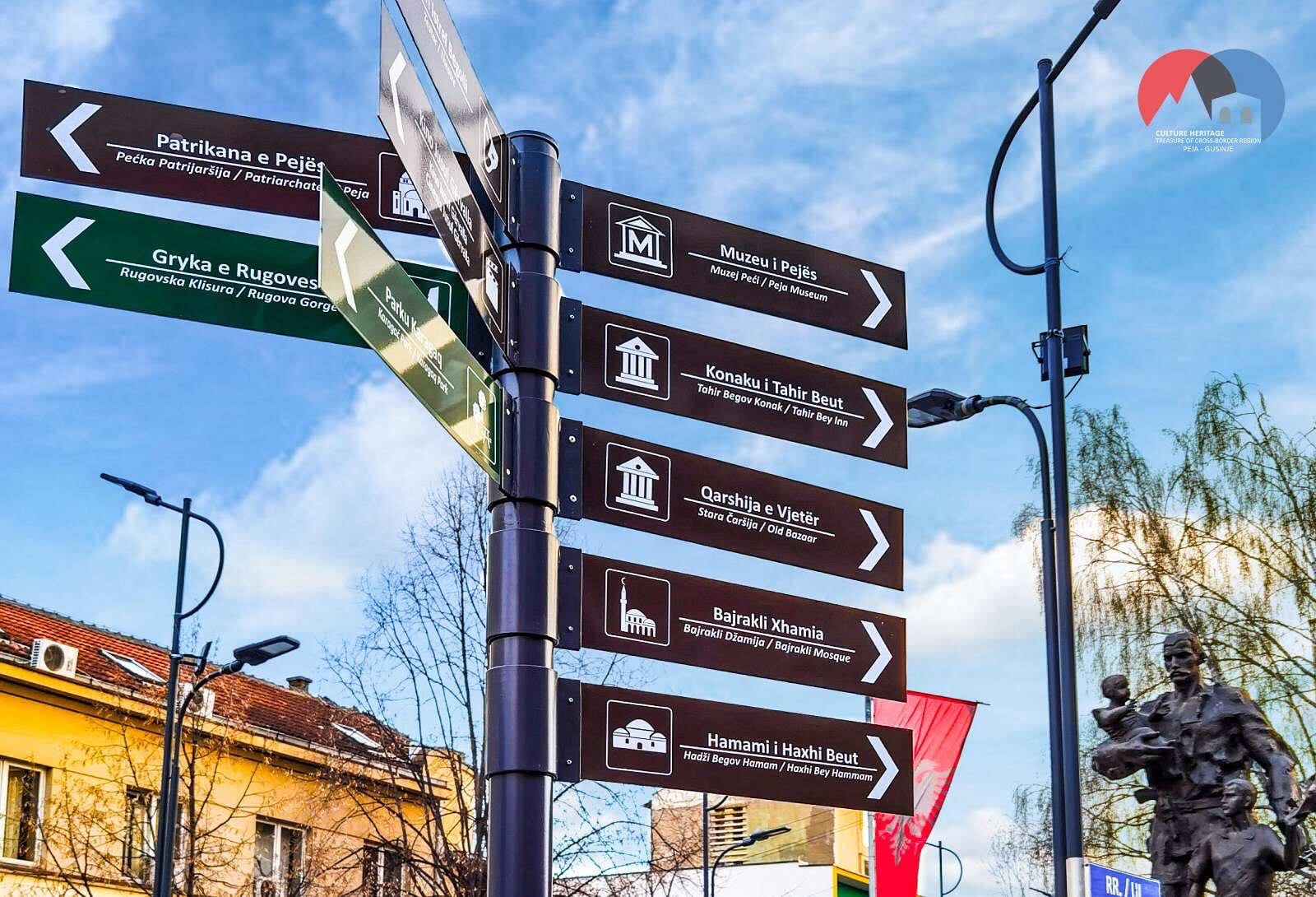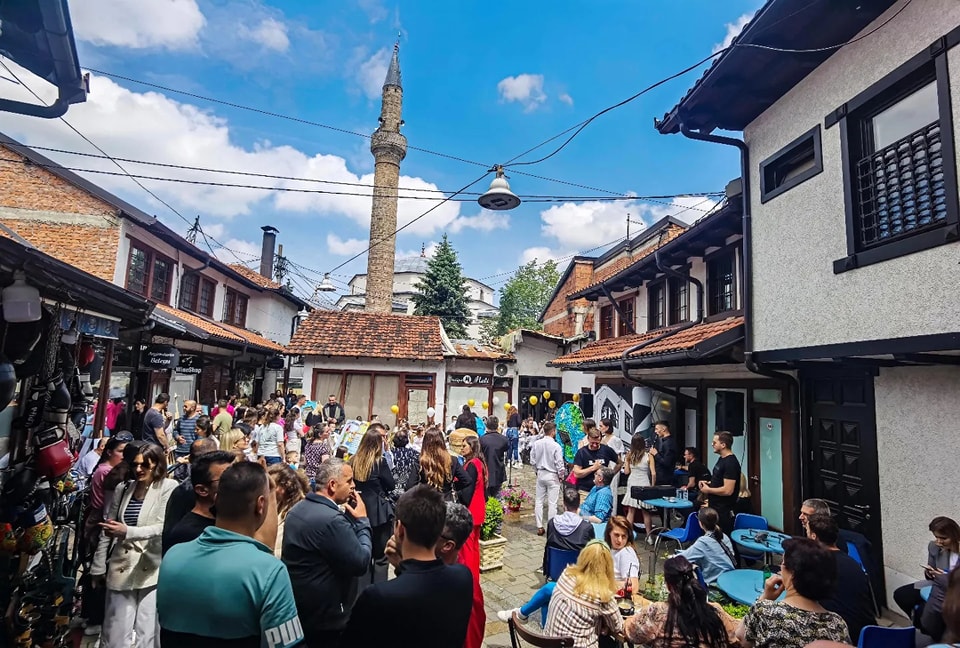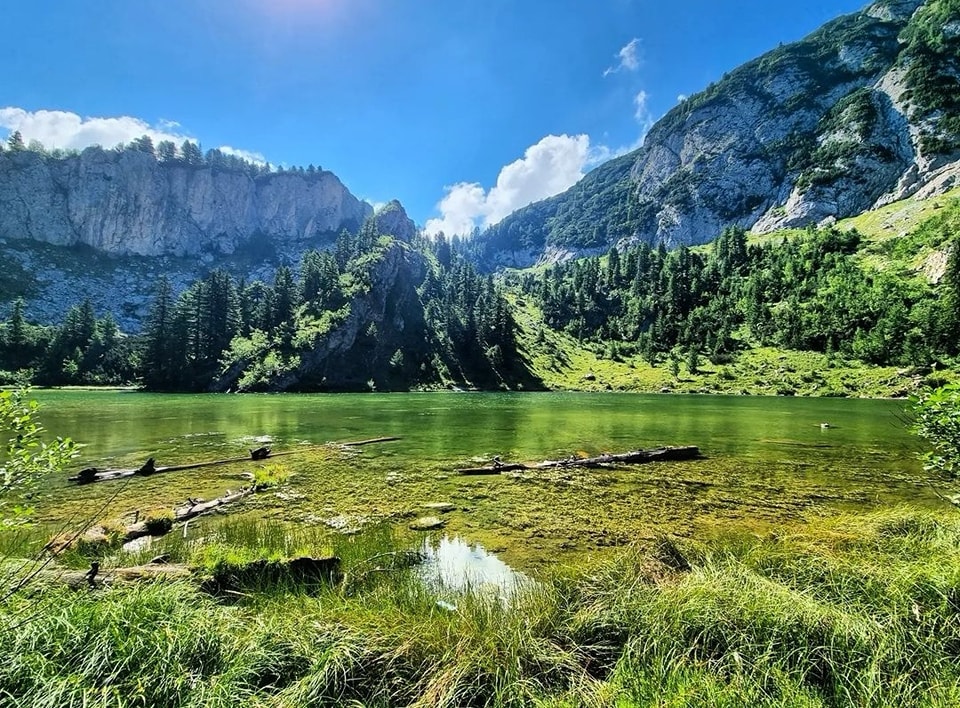Nestled amid the splendid landscapes of Southeast Europe lies a hidden treasure, where the natural splendor of mountains harmoniously blends with a rich tapestry of cultures. The cross-border expanse spanning Kosovo and Montenegro, encompassing the municipalities of Peja and Gusinje, is a captivating destination that beckons intrepid travelers and culture aficionados alike. This cross-border region boasts awe-inspiring scenery that stands as a testament to the grandeur of nature. Towering mountain ranges, notably the Accursed Mountains, offer unmatched opportunities for hiking, mountaineering, and wildlife observation.
Yet, beyond the captivating landscapes, this cross-border territory is steeped in history and culture. Regrettably, the cultural heritage of the region has not received the same level of promotion as its natural wealth. Consequently, two cross-border municipalities, Peja in Kosovo and Gusinje in Montenegro, have taken proactive measures to address this discrepancy.
“We maintain regular contact with visitors at our tourism information centre. Most of our project proposals stem from the feedback we receive from both visitors and the community.”
Blerta Harxhi Begolli, Senior Project Officer in the Tourism Sector, Municipality of Peja.
Blerta Harxhi Begolli holds the role of Senior Project Officer in the Tourism Sector at the Municipality of Peja. She elaborates on the municipality’s consistent success in securing support for Cross-Border Cooperation projects, stating, “We maintain regular contact with visitors at our tourism information centre. Most of our project proposals stem from the feedback we receive from both visitors and the community.”
The municipalities of Peja and Gusinje had established a twinning partnership for some time. Recognizing the shared need for enhanced promotion of their cultural heritage, they jointly decided to initiate and apply for the “Cultural Heritage: A Treasure of the Cross-Border Region” project. This project encompasses a series of measures aimed at enhancing the quantity, quality, and visibility of tourism activities related to the appreciation of cultural and natural heritage.
To enhance the conditions of heritage sites along the cultural route and offer improved services to tourists, audio guides have been acquired for Peja. Additionally, information boards have been installed at three main entry points to Peja to disseminate details about the city’s cultural heritage assets. Signage has been strategically positioned in front of these heritage assets in Peja, accompanied by seating areas for the convenience of visitors.
The project has recently concluded, and within its framework, the partner municipalities conducted extensive research on the cultural heritage assets of the region. They also compiled a study focused on the valorization of cultural heritage, established cultural routes, upgraded facilities at cultural route points to enhance visitor experiences, provided capacity-building opportunities for service providers, implemented signposting to promote the newly developed offerings, and executed various other initiatives to promote the cultural heritage.
“What’s even more important is that feedback from visitors indicates the project interventions are highly beneficial to them. The cultural routes are frequently used, and their quality meets the desired standards.”
Blerta Harxhi Begolli, Senior Project Officer in the Tourism Sector, Municipality of Peja.
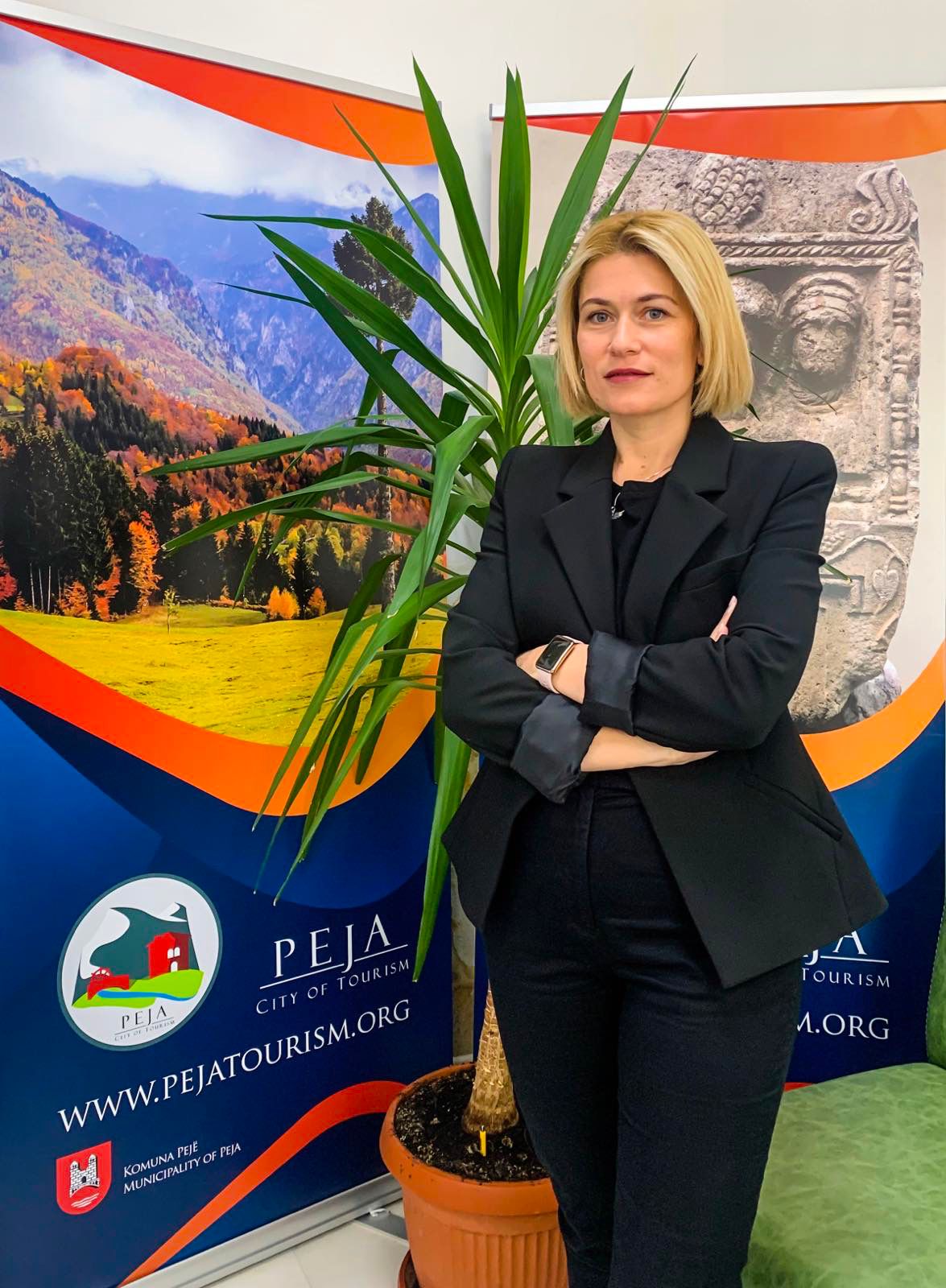
Blerta underscores the profoundly positive impact of the project, highlighting one of its most significant achievements: the installation of orientation signs at cultural heritage sites across the city. She remarks, “For instance, before this project, visitors entering the city of Peja had no guidance whatsoever regarding the location of cultural heritage sites. Now, visitors have comprehensive directions to explore the city’s cultural heritage and the surrounding areas.”
Regarding sustainability, Blerta notes that the partner municipalities, working in collaboration with civil society and other stakeholders, consistently maintain the cultural routes and signage. She emphasizes, “What’s even more important is that feedback from visitors indicates the project interventions are highly beneficial to them. The cultural routes are frequently used, and their quality meets the desired standards.”
Source: web portal WeBalkans.eu
*This designation is without prejudice to positions on status, and is in line with UNSCR 1244 and the ICJ Opinion on the Kosovo declaration of independence


